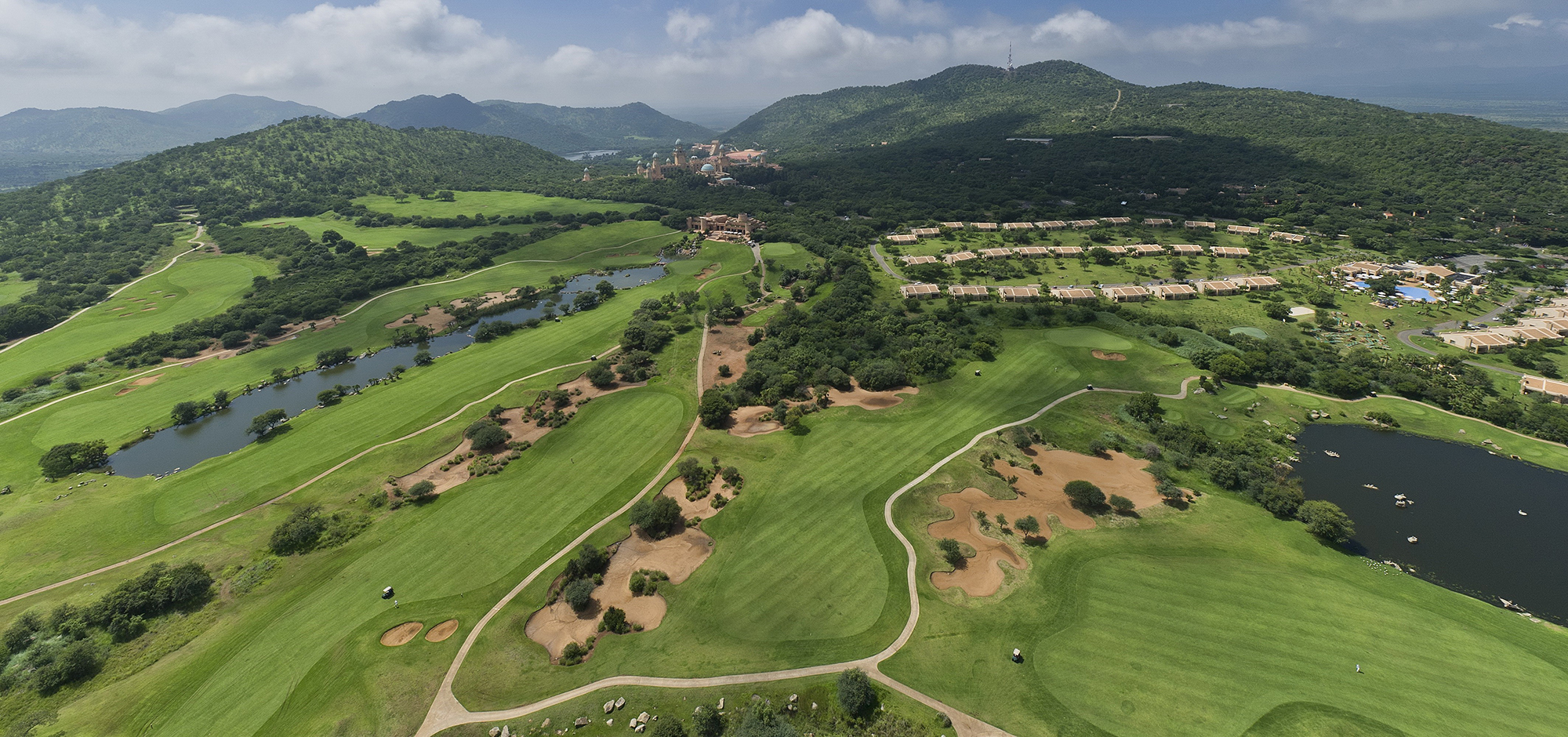First published on Daily Maverick 168
How much would it cost to rent 70.4 hectares of land in Stellenbosch, in the beautiful Cape winelands? If the rent was market-related, it should run to hundreds of thousands of rand a year. But up until 2011, the Stellenbosch Golf Club was paying R1,000 a year to the local municipality for the use of a tract of land that size.
Rondebosch Golf Club, which fills the equivalent of 45 rugby fields of public land, was until recently on a lease of R1,000 a year too. King David Mowbray Golf Club, across the road: ditto.
And this isn’t just the case in the Western Cape. Nelspruit Golf Club in Mpumalanga was found in 2018 to be paying R10 rental per month on a municipal lease valid for 99 years. In 2017, the Port Elizabeth Golf Club was reported to be paying R20 per year in land rental fees to the municipality.
All over the country, in other words, golf clubs are sitting on public land and paying a pittance for the privilege. It’s no exaggeration to say that South African municipalities in effect subsidising the playing of golf – which in a 2018 report was found to be the most popular pastime for SA’s super-rich.
I first became aware of these crazily favourable leases through the work of Cape Town-based advocacy group Ndifuna Ukwazi. The NGO launched a campaign in 2019 to have the land used by Rondebosch Golf Club reallocated for affordable housing when the club’s lease came up for renewal.
Ndifuna Ukwazi focused its activism on Cape Town, but I was intrigued enough to start investigating golf course leases in the rest of the country.
What I quickly realised, however, was that this information is extremely hard to come by. In 2018, an Economic Freedom Fighters (EFF) MP asked the minister of co-operative governance and traditional affairs (Cogta) in Parliament to supply the number of South African municipalities leasing land to golf courses, and to provide the details of the relevant leases.
Cogta replied that the information “is not readily available in the department”, and would have to be gathered from all nine provinces individually. I contacted Cogta last year to ask whether the information had yet been collated; it had not. I checked in again while making the most recent episode of Don’t Shoot The Messenger on this topic. The information was still unavailable – and the details of leases mentioned above have only come to light either through Ndifuna Ukwazi’s advocacy, or from sporadic media reports.
The question of why municipalities would be willing to give away vast parcels of land so cheaply for use by an elite sport is equally difficult to obtain a straight answer to. Ndifuna Ukwazi director Mandisa Shandu says many of these leasing arrangements have their origins in colonial or apartheid city planning, and that in some cases historical records may not even exist.
It is noteworthy, however, that many of these leases appear to have been nailed down for decades in advance in the early to mid-1990s, during the transition to democracy. Public Protector Busisiwe Mkhwebane said in 2017 that her office’s investigations had found that in some instances just before the ANC took power, former municipal officers had locked golf course land into 99-year leaseholds to prevent the land being from used for housing and other purposes.
But at a time when the government is coming under increasing pressure to identify and release well-located land for redistribution, why have greater efforts not been made to reform these leases? That issue, too, is mysterious. But when the matter of golf’s protected status has arisen in other countries – notably, the USA – one answer proposed has to do with the profile of those who play golf: often, though not exclusively, the rich and the powerful.
The tradition of golf as the favoured sport of politicians is as true for South Africa as for many other nations. A parliamentary golf day and a presidential golf day are fixtures on the annual calendar. When US President Donald Trump and South African President Cyril Ramaphosa sat next to each other at lunch at the United Nations in 2017, what did they discuss? Golf courses, said Ramaphosa; and golfing great Gary Player.
Cheap municipal leases are not the only reason why golf courses deserve to be in the spotlight. Their water use is another major issue in an increasingly water-stressed country. Rand Water estimates the amount of water needed by the average South African golf course to be about 36 million litres a month: enough to ensure a basic water supply to 6,000 households.
Defenders of golf point to its economic utility. Golf RSA CEO Grant Hepburn says that golf contributes R49-billion to the fiscus annually, of which R350-million is derived from golf tourism. Hepburn estimates that South African golf courses employ about 40,000 people annually.
There are also South African golf courses that serve as public commonages akin to a park, in which walkers and dogs are allowed free access. This use seems more defensible than the courses that admit entry only to members paying thousands of rands in fees each year. But even given these factors, the question deserves to be seriously posed: can the protected status of golf courses in our urban environments be justified in South Africa in 2020? DM168
South Africa
In the rough: Golf courses may be SA’s most wasteful luxury





